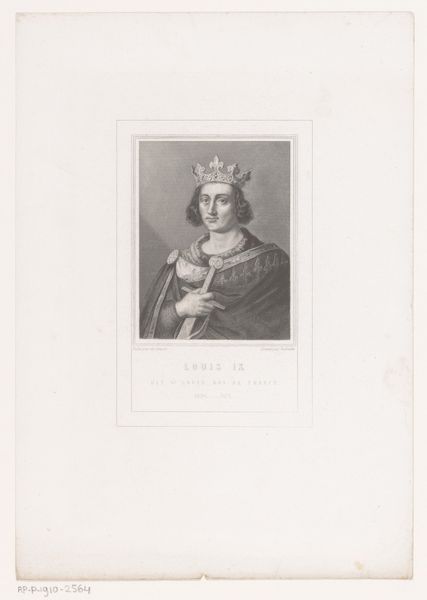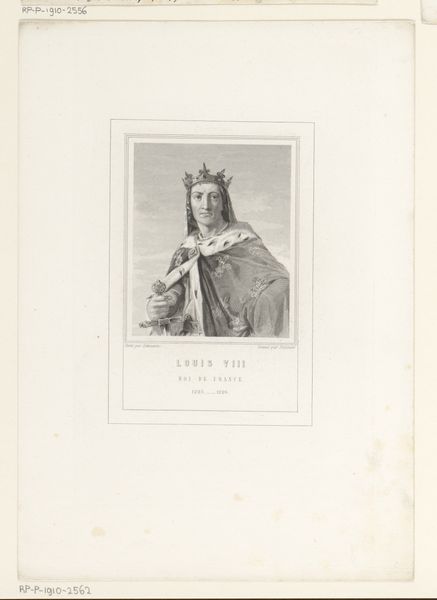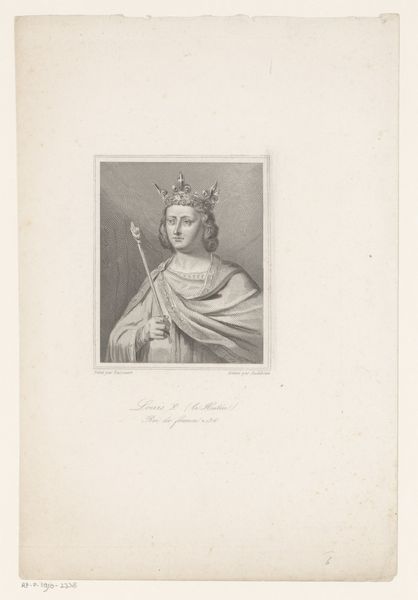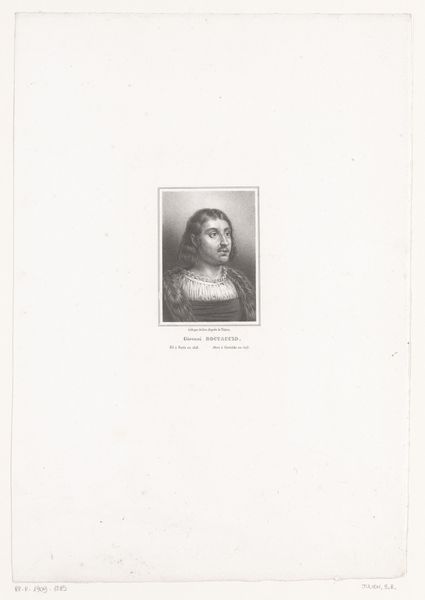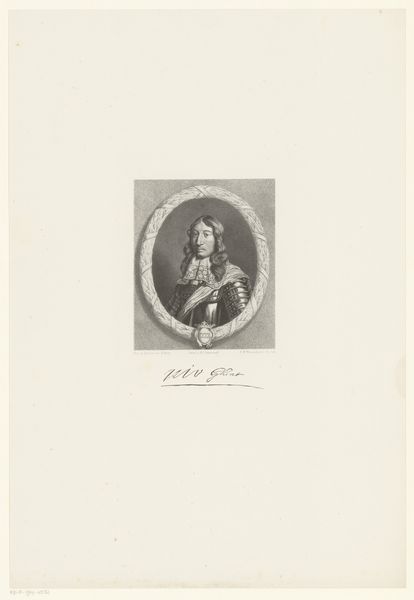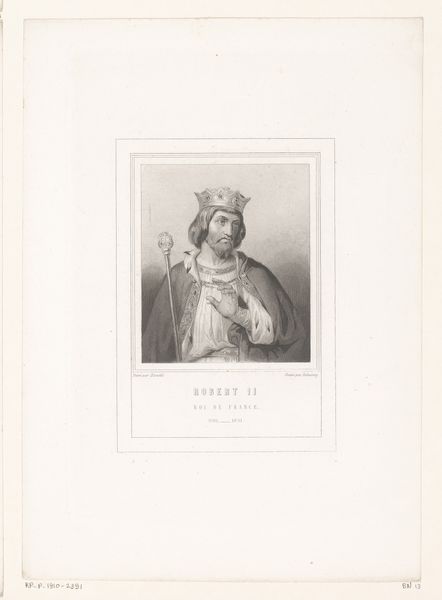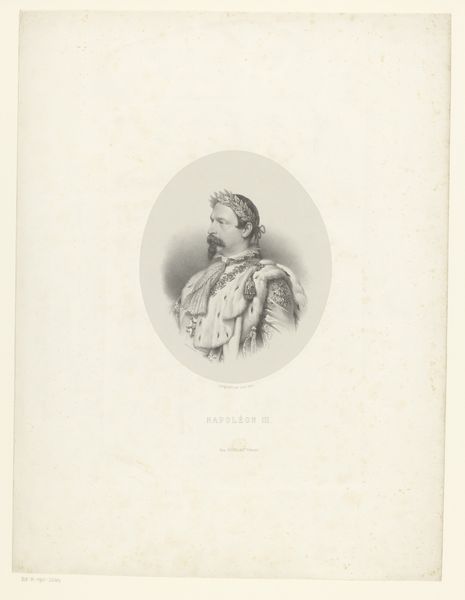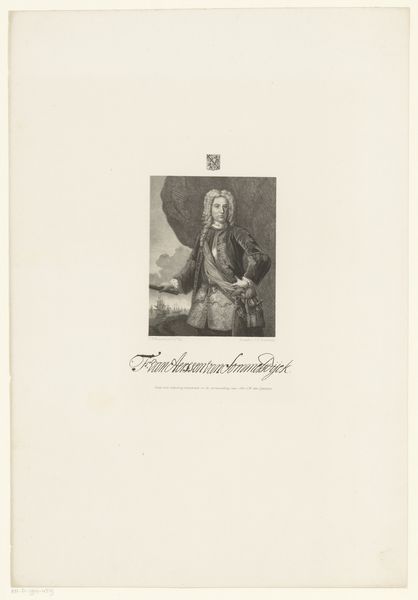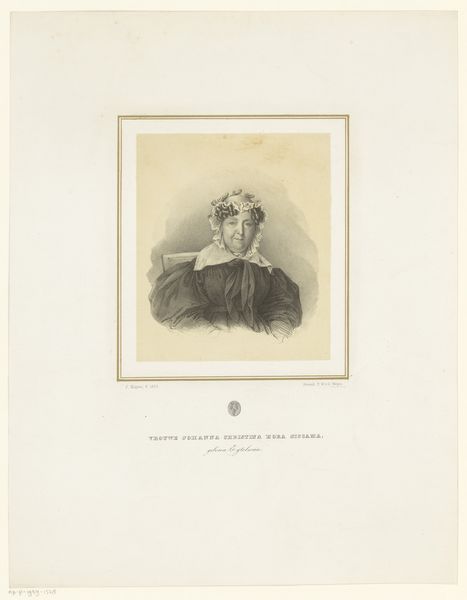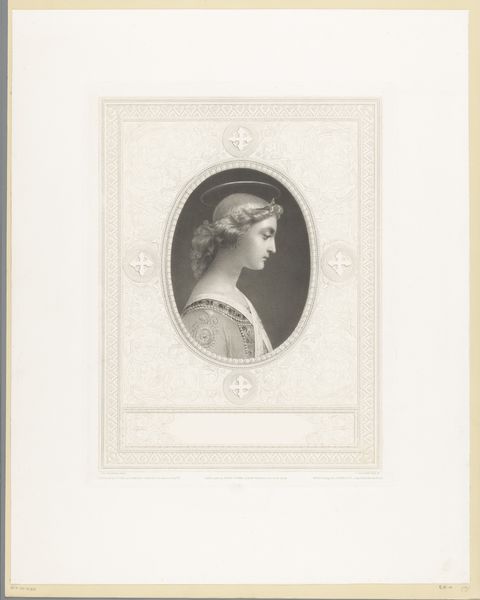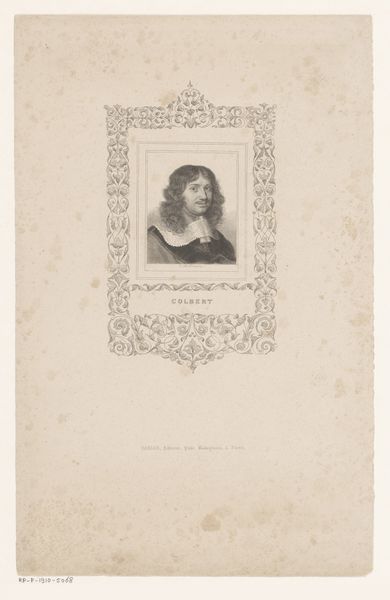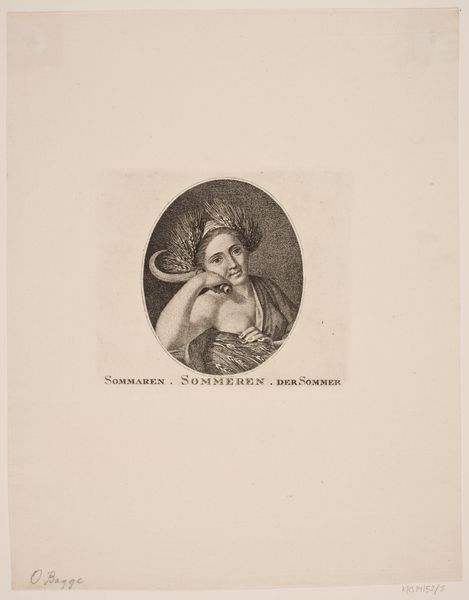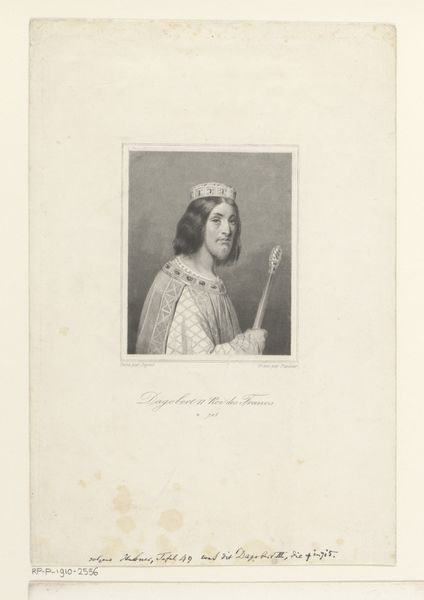
print, engraving
#
portrait
# print
#
history-painting
#
engraving
#
realism
Dimensions: height 272 mm, width 186 mm
Copyright: Rijks Museum: Open Domain
Editor: Here we have Antoine Jean Weber’s "Portret van Filips V, koning van Frankrijk", an engraving that seems to have been produced sometime between 1814 and 1875. The image of Philip V appears quite stoic and regal. Given that this is a later engraving of what I assume is an earlier painting or depiction of the king, what historical forces do you think might have been at play in shaping its production and reception? Curator: That’s a fantastic question! The creation of a portrait like this, especially as an engraving intended for wider circulation, speaks volumes about the role of imagery in constructing national identity. This print, created long after Philip V's reign, would have been influenced by evolving views of the monarchy. Ask yourself, why create this now, nearly a century after the King’s passing? Editor: Well, given its creation in the 19th century, could it be linked to the rise of nationalism and a desire to look back at idealized figures of leadership, almost to justify the current political landscape? Curator: Exactly! Engravings like this offered a relatively affordable way to disseminate historical narratives and visually connect the present with a carefully constructed past. Consider how the image of royalty—the crown, scepter, the hand-over-heart gesture of nobility—contributes to the aura of power and legitimacy. Was this perhaps for popular consumption in contrast to more scholarly, academic accounts of the period? Editor: So, the value lies not just in who Philip V was, but what the artist and distributors *wanted* him to represent to a 19th-century audience? It feels less about historical accuracy and more about political messaging, even propaganda. Curator: Precisely. It reflects the social and political function art can have, influencing public perception. I wonder how people received such imagery given social inequalities. Editor: This has certainly provided a valuable perspective, showing how even a seemingly straightforward portrait can be layered with meaning. I’ll definitely be considering the sociopolitical context more deeply in my future studies. Curator: It's fascinating how art functions as a cultural mirror, and analyzing art like this reminds us how intertwined history, politics, and imagery really are.
Comments
No comments
Be the first to comment and join the conversation on the ultimate creative platform.
